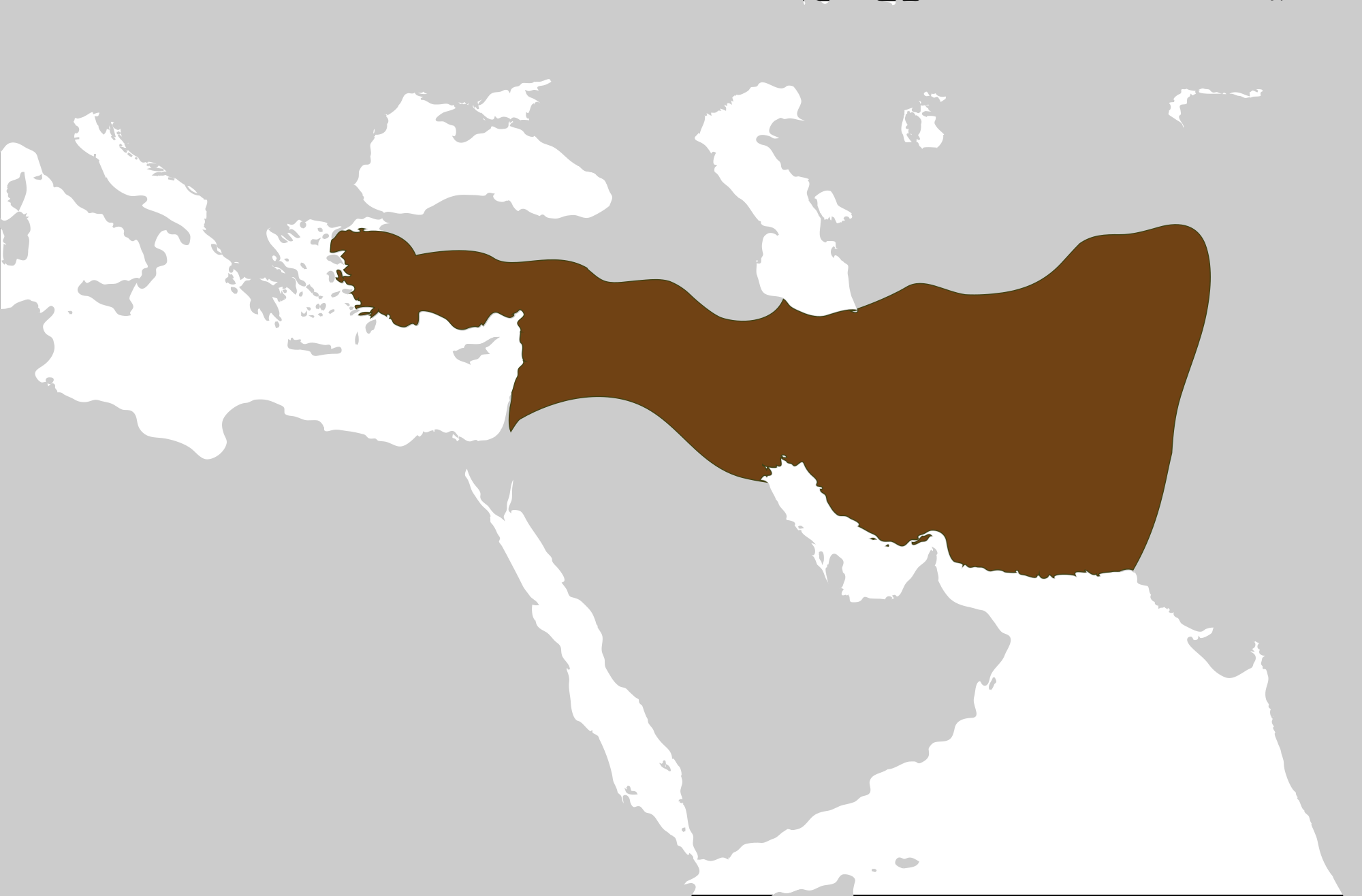Creating
a piece of work for a publication is always fraught with some
trepidation, with deadlines, conjuring up an idea, constructing an interesting
composition, yadda, yadda, yadda (yeah i know, life is tough).
 |
| Seleucid Empire |
So
when Ancient Warfare asked me to do a piece on the Battle of Antioch
145BCE i had to go scurrying off to my books to look it up and the background. The Hellenistic period has always been one of those grey area's
falling between the martial magnificence of Alexander the Great, the
Rise of Rome through the prism of the Punic Wars overshadowing the spasmodic conflicts between the rival Successor States (dont say this too quickly, phew!).
 |
| Ptolemy Philometer |
| Demetrius II |
| Alexander Balas |
It's a period which i havent done much work on, except one plate for Osprey,
when i showed Romans at the Battle of Magnesia 190BCE, even then the Seleucid Army is only an amorphis impression in their Phalanx.
So it was great to finally get a chance to have a look at this period with no pesky Romans stealing the limelight. We have all the elements to create an interesting image, including war elephants (Sri Lankan) on the Seleucid side.
So it was great to finally get a chance to have a look at this period with no pesky Romans stealing the limelight. We have all the elements to create an interesting image, including war elephants (Sri Lankan) on the Seleucid side.
 |
| Seleucid Elephant, clearly showing it as Asian. |
| Seleucid War Elephant |
So the narrative is based on an anecdote by Josephus, that tells how Ptolemy was un-horsed, assaulted and saved by his companion cavalry, but later died of his injuries in his moment of triumph. One of the issues with this period for me and also some later periods, is whether one can take the visual evidence at face value i.e. are the contemporary representations accurately rendered/described or are they artistic conventions (logo esque?) on the backs of coinage (i wont bore you with my fretting and pondering's on such things).


The main focus is Ptolemy, riding forth astride his mighty steed, his horse is spooked and he is cast to the earth, as we have some debate as to the how his actual demise came about, we must show the scene in a way that keeps us within the accepted facts and avoid any histrionic statements, as we just dont know 100%. But what we can show makes for an interesting image. We have the Elephants, their corp of guards, exotic destination, interesting arms, equipment and a what happened next?
In the end i opted to create an image of the moment Ptolemy is thrown and about to be waylaid by the Elephant guard, while his Companions speed to the scene to his aid. The next issue was how are they dressed, there are many representations of this much is later aped by Roman officer corp and there is cross over also.
 One of the most useful source where a series of Hellenic helmets from the Former Soviet republics. These allowed me to illustrate a variety of styles for the Elephant guard. The Elephant armour again is based on surviving contemporary sculpture (the colour's being hypothetical), but most likely bronze and red)
One of the most useful source where a series of Hellenic helmets from the Former Soviet republics. These allowed me to illustrate a variety of styles for the Elephant guard. The Elephant armour again is based on surviving contemporary sculpture (the colour's being hypothetical), but most likely bronze and red)



The main focus is Ptolemy, riding forth astride his mighty steed, his horse is spooked and he is cast to the earth, as we have some debate as to the how his actual demise came about, we must show the scene in a way that keeps us within the accepted facts and avoid any histrionic statements, as we just dont know 100%. But what we can show makes for an interesting image. We have the Elephants, their corp of guards, exotic destination, interesting arms, equipment and a what happened next?
In the end i opted to create an image of the moment Ptolemy is thrown and about to be waylaid by the Elephant guard, while his Companions speed to the scene to his aid. The next issue was how are they dressed, there are many representations of this much is later aped by Roman officer corp and there is cross over also.
 One of the most useful source where a series of Hellenic helmets from the Former Soviet republics. These allowed me to illustrate a variety of styles for the Elephant guard. The Elephant armour again is based on surviving contemporary sculpture (the colour's being hypothetical), but most likely bronze and red)
One of the most useful source where a series of Hellenic helmets from the Former Soviet republics. These allowed me to illustrate a variety of styles for the Elephant guard. The Elephant armour again is based on surviving contemporary sculpture (the colour's being hypothetical), but most likely bronze and red)



555c8njypb232joya shoes p2s34,joya shoes e8j16,joya shoes o5i82,joya shoes x6n98,joya shoes a0t53,joya shoes j9z31,joya shoes h3j27,joya shoes l5a29,joya shoes z6x67105b3jlstk468
ReplyDelete